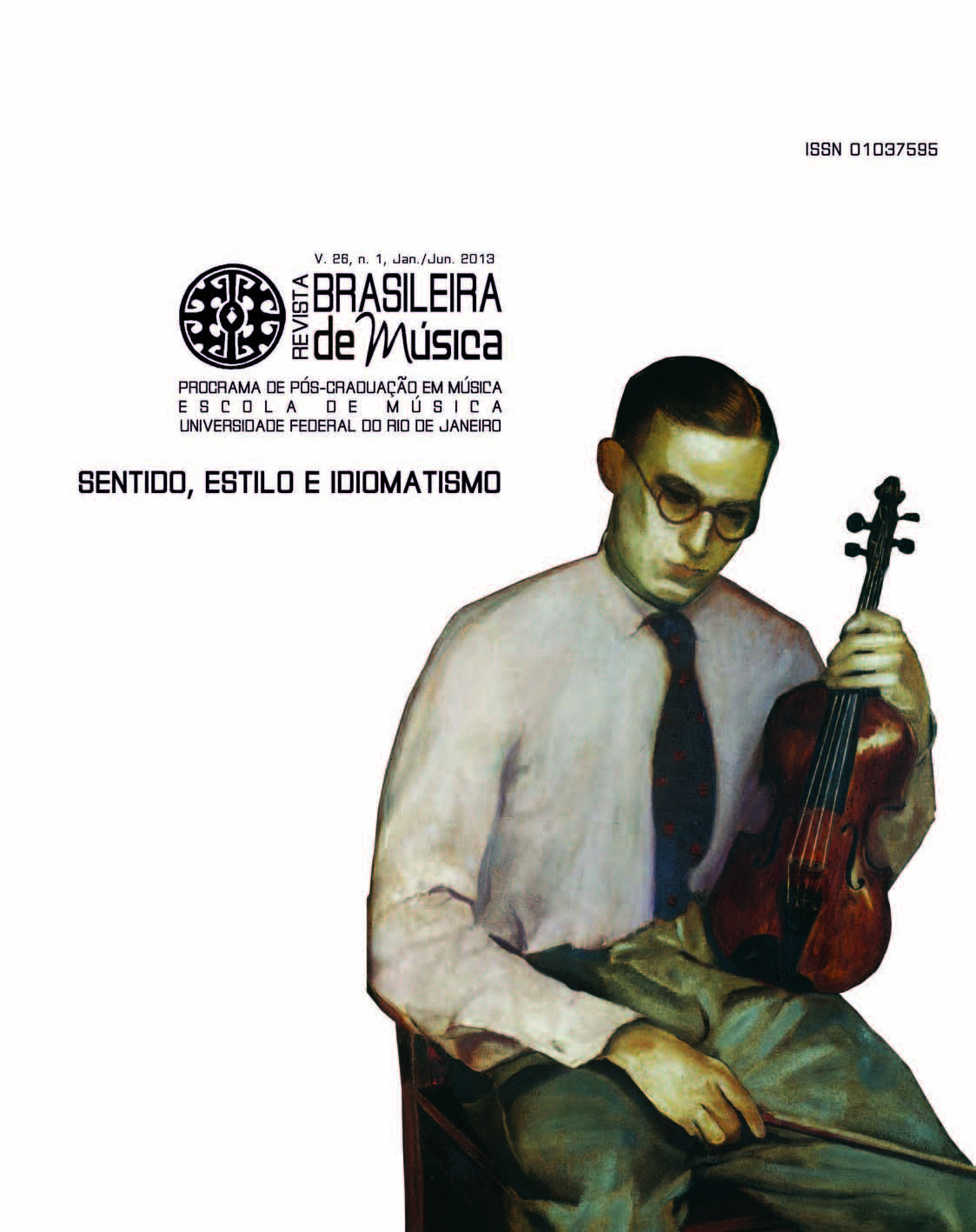Carl Tausig’s pianism and compositions

Abstract
This article proposes an analysis of some innovations and recurrent characteristics of Tausig’s piano style (pianism) and compositions. Among those recurrent patterns are the chromatic glissando (who made his first appearance in the history of the piano and caused even Liszt some trouble); his predilections for double notes, which he extended to the point to use them in single passages in Chopin’s compositions and transcriptions; his
large use of interlocking octaves together with single notes who gives the performer more brilliance, clearness and allows literally a flow of overtones; also Tausig’s use of the whole-tone scale in the midst of the 19th century, when he was barely 17 years old, is noteworthy.
Keywords
19th century piano, piano technique, piano transcriptions, virtuoso pianist and composer